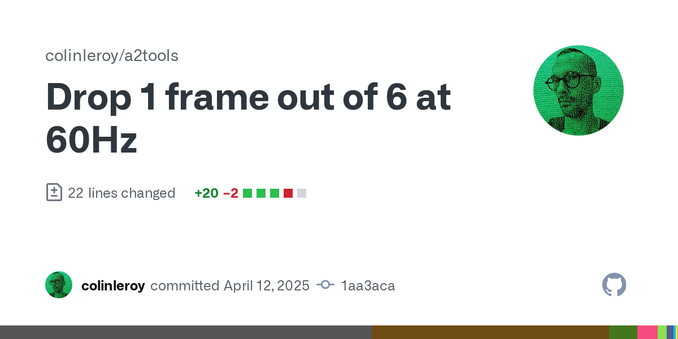At All the Adventures, Zodiac Castle continues, with ornery secrets being hidden by an even more ornery parser.
Also, killing tiny dragons.
https://bluerenga.blog/2025/04/22/zodiac-castle-as-in-the-fairy-tale/
At All the Adventures, Zodiac Castle continues, with ornery secrets being hidden by an even more ornery parser.
Also, killing tiny dragons.
https://bluerenga.blog/2025/04/22/zodiac-castle-as-in-the-fairy-tale/
All the Adventures reaches what might be its last "traditional" adventure of 1982 with the North Star / Apple II game Zodiac Castle.
Includes a single-path labyrinth and an omnipresent dragon that can visit any dark room.
Second Apple II Shufflepuck beta released: https://www.colino.net/wordpress/en/archives/2025/04/19/first-beta-release-of-shufflepuck-for-apple-ii/
It contains three fixes, a few animations improvements, and a Pause feature.

The first beta version of Shufflepuck Cafe for the Apple II is... published!

The Hand is in!!
And I have a full 1024 bytes left in the CODE segment.
Big commit, I had to move lots of init code to the ONCE segment, but this had to be done at some point, and I *think* I have everything I want in ??
This week-end is probably be beta-release week-end!
Not only has the Frob #Atari2600 #Gamedev System for #Apple2 been #reveng, Golden Child from #MAMEDEV has emulated it in MAME!
https://youtu.be/FkfZBKysvFE
My new Apple //e Platinum has replaced my older //e in the 8 bit activities corner of our retro lounge. The color composite monitor is absolutely beautiful! At least the old //e has a matching monitor now. And yes the Apples and the Atari get along just fine. #AprilApples #atari800 #apple2 #retrocomputers
Working on my data loader so I can add a splash screen. Shit's gonna be cleaner the second time!
I have searched for a way to have a splash screen instead of LOADING... text, but didn't find one yet. So instead I made a few cute animations !
The #Frob PCB rev-eng is done. Now we make some test boards.
Now this rare PCB is preserved for any1 who wants one.
Available on Gitlab: https://gitlab.com/retroabandon/apple2-re/-/tree/main/frob?ref_type=heads
(The #Frob was an #Atari2600 #GameDev system for #Apple2)
Biff is done. It's basically Eneg but harder. I've started on DC3, the robot bartender, and will finish tomorrow because he's supposed to be configurable and making text UIs in assembly is tedious!
Trouvé sur eBay : un livre sur le CP/M "adaptation du BIOS et compléments" et une carte "Z80 plus" de Applied Engineering qui permet de faire tourner CP/M (via le #Z80 qui est sur la carte) sur un #apple2 (qui est lui équipé d'un processeur 6502) !
Pour tester ça il faut encore que je trouve les disquettes qui vont avec
#retrocomputing
#Apple2 #Atari2600 Frob #RevEng status: mostly done. a few nets not 100% certain, so i'm pinging them out on my actual board using a multimeter in continuity mode. Thanks to Bradley Bell and Curt Sampson.
Oooooh, FUUUUCK. I had to test Biff on my Apple IIgs, which is a US Apple IIgs at 60Hz, to *finally* think of the fact that the puck and opponents are faster at 60Hz than at 50.
Either I patched EVERY delta to account for the 20% difference (and it fucked up A LOT of cases where rounding errors made an opponent too easy or too hard), or ....
I went the easy way, and I drop 1 frame out of 6 at 60Hz.
Commit: https://github.com/colinleroy/a2tools/commit/1aa3acab860d33037669089ba5d115a404e310bd

Look at this shameless cheater.
#Shufflepuck #RetroComputing #Apple2 #GameDev
Nerual is done! he was fun but hard to write. The fact he "cheats" exposed a few bugs in the engine. Nevertheless, I'm rather happy with how he performs.
I added an 8px random on his "magic line", otherwise serving at max delta-Y was always succeeding or always failing, which was frustrating.
Things you do for #Atari2600 #GameDev that you do nowhere else: COUNT CYCLES.
The pictured code being developed on the #Apple2 using a Frob, implements the 6 digit score display by utilizing the unique VDEL registers for players which allowed you to get enough time to write 6 different player images very close together.
This is important because there is only 76 cycles on a scanline, and you're changing things as the raster sweeps.